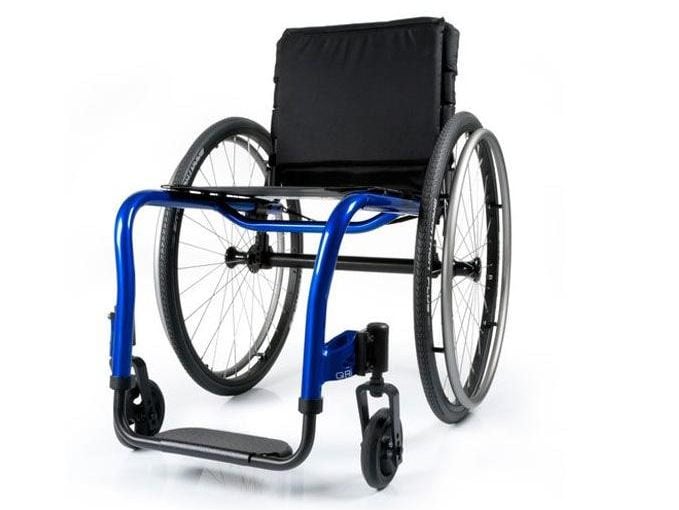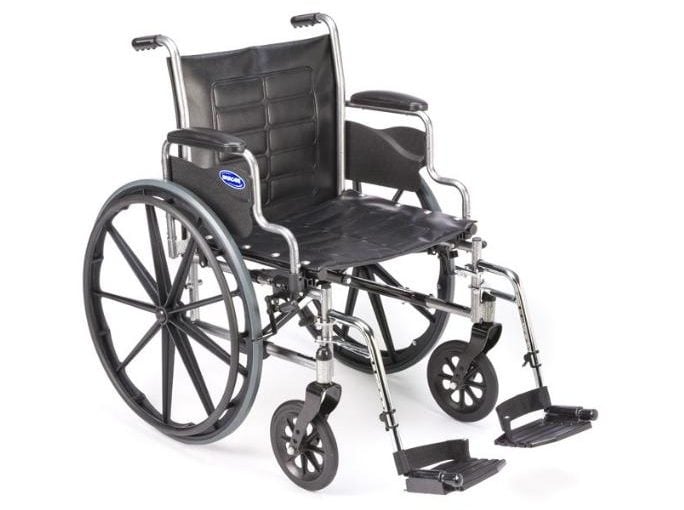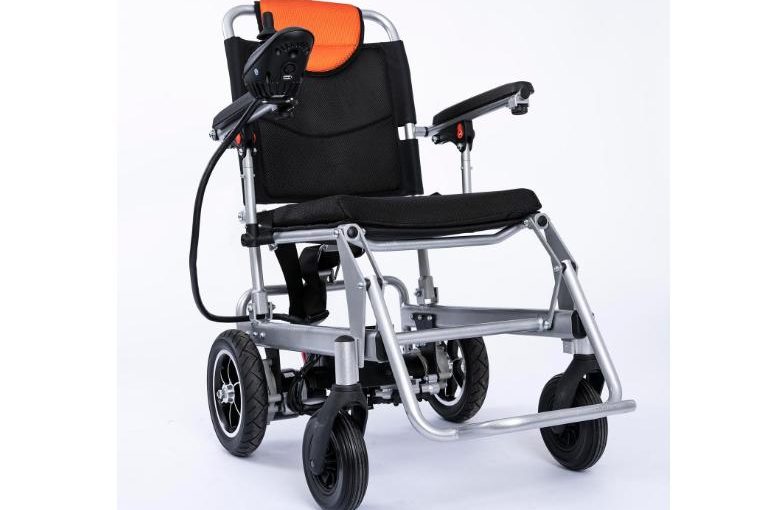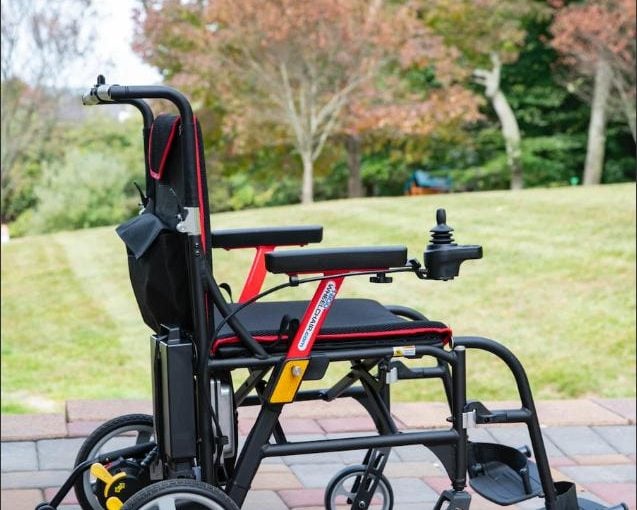Continue reading Wheelchair Safety Tips: Checklist for Caregivers and Users
Tag: All-New Move Lite Folding Power Chair
Cleaning and Disinfecting Your Wheelchair | 4 Things You Need To Know
Continue reading Cleaning and Disinfecting Your Wheelchair | 4 Things You Need To Know
4 Questions to Ask Before Buying a Wheelchair
Continue reading 4 Questions to Ask Before Buying a Wheelchair
Featherweight Electric Wheelchair – The Epitome of Comfort
Continue reading Featherweight Electric Wheelchair – The Epitome of Comfort



